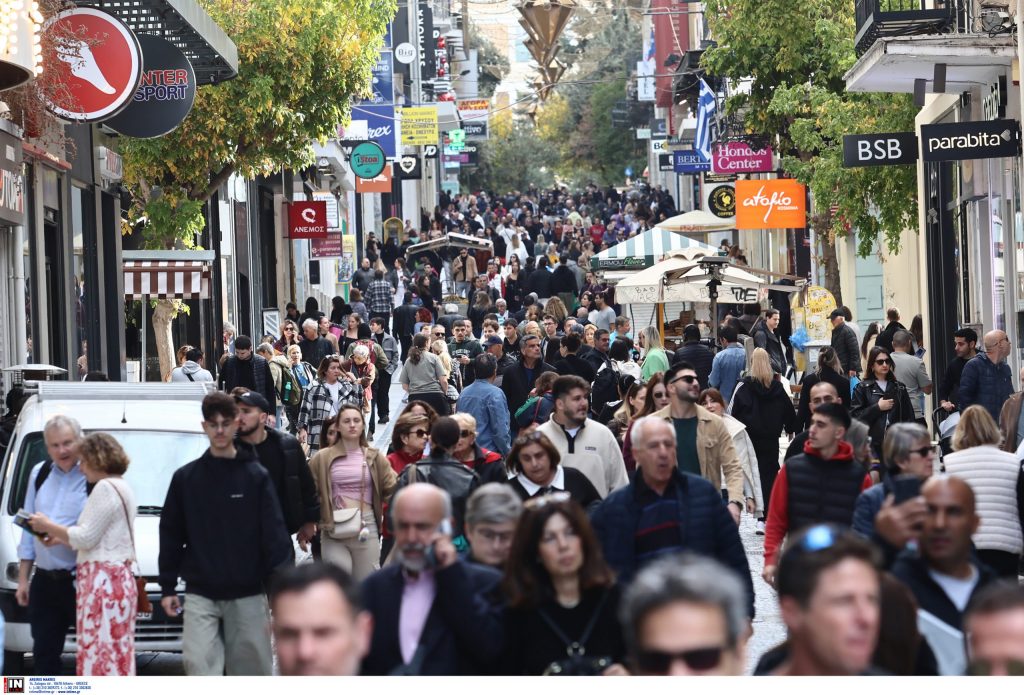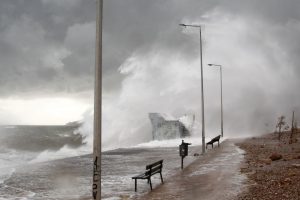The European Union’s Joint Research Center published a report declaring 2022 the second worst year, after 2017, in regards to wildfire damage since 2000. According to the European Forest Fire Information System (EFFIS), 9,000 km of land burnt in 2022.
According to the data, 43 percent of the total burnt area (3,650 km) belonged to Natura 2000 sites, EU’s biodiversity reservoir, the worst damage in a decade.
The report views it as a warning signal of what global warming can bring about in the coming years, as temperatures increase, and droughts become more pronounced in many European countries. Thanks to prevention measures put in place by the EU and its Member States and the enhanced preparedness and firefighting operations of the fire management services, the number of casualties in 2022 was contained.
It’s the third year in a row that unprecedented wildfire events cause large environmental and economic damage in the EU and, often, tragic loss of life. While most of the fires (96%) are caused by human actions, they are aggravated by increased fire danger conditions driven by climate change.
Commissioner for Innovation, Research, Culture, Education and Youth Iliana Ivanova responsible for the JRC, said, “Wildfires are becoming ever more frequent and cause more damage. This is a clear sign of the catastrophic impacts of climate change. We are reinforcing our prevention measures and building the capacities to respond to wildfires. The Joint Research Centre’s data and analyses are crucial in this effort.”
In the last three years, wildfires raged from west to east and across northern, central, and southern European countries. The high frequency and intensity of wildfires in the summer puts EU’s fighting services under unprecedented conditions of danger in which, often, aerial firefighting loses its effectiveness and ground firefighting becomes near or impossible. The trend of these unprecedented fires occurs not only in Europe, but also across the globe.
This year rampant wildfires in the EU occurred in Portugal, Spain, Italy and Greece. These were difficult to contain by traditional firefighting due to their high temperatures, intensity and speed. They were put under control only when meteorological conditions improved, allowing firefighters to tackle the blazes.
Data for 2023 shows that so far, wildfires have already burned about 5,000 km of natural land in the EU. This includes the largest single wildfire recorded in the EU, in Alexandroupolis, Greece with over 960 km burnt.
The EU continues to work on measures to mitigate the impact of wildfires. The EU Strategy on Adaptation to Climate Change, aims to support prevention of and preparedness for the unavoidable impacts of climate change, while the EU Forest Strategy sets the basis for enhanced fire prevention and climate resilience of our forests, building on the guidelines for prevention of wildfires and increased monitoring.
The EU Nature Restoration Law will help to ensure that the adaptive capacity of Europe’s ecosystems is constantly being improved, and the new proposal for a Forest Monitoring Law will lead to timely, accurate and comparable forest data allowing for better prevention of and preparedness for wildfires and other forest disturbances.
The report mentions that prevention measures must target all sectors of the population, including rural actors in direct contact with natural areas, as well as the enlarged population segment that lives in the so-called wildland urban interface (WUI), where built settlements are either inside or adjacent to wildland vegetation and are most at risk.
The report says that guidelines call for the management of vegetation to avoid the continuity and accumulation of fuels on the ground, facilitating firefighting interventions if wildfires occur. Reduction of wildfire ignitions, caused in its majority, by human actions, and planning and management of the landscape are the two main lines that EU scientists recognize as key to reduce wildfire risk.


